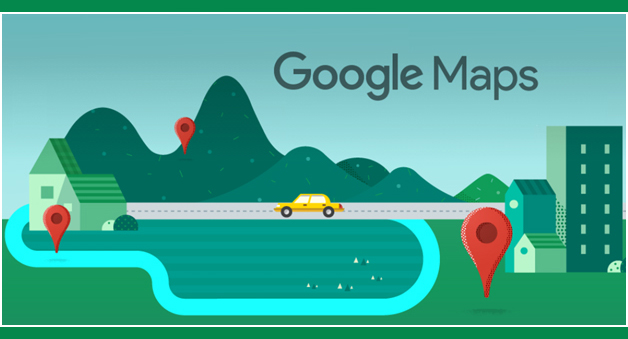Have you ever been lost? Luckily you live in the right age where the solution is beneath the tips of your fingers.Ten years ago, Apple presented the first iPhone. Bundled with it came the first mobile version of Google Maps. Google Maps grew in popularity due to its ease of use plus the fact that one year later it was also available on Google’s own brand new Android OS. Soon Google Maps had become the defacto choice for the consumer segment. Google Maps also relies on its users to make the maps better by using anonymously gathered data from its users coupled with clever algorithms. In addition the aggregated information is also used to generate real-time traffic data.
Starting from the early 2000s stand alone navigation devices, built by the likes of TomTom and Garmin, gained rapid popularity. The release and continual improvement of Google Maps and similar applications shook up the navigation industry once again, like GPS devices had done before. Maps competes with stand alone devices on all three value principles: 1) Google is the cost leader since its free and the devices aren’t. 2) Constant updates and re-releases, making them the leading innovator. 3) Seamless integration with the user’s phone, winning on customer intimacy. It should be no surprise that within a few years of Maps’ introduction the market for GPS navigation devices has become nearly non existent.
The navigation industry wasn’t the only one affected by the release of Google Maps though, as it came with many other innovations and effects. One of these innovations is Streetview which allows you to look at streets in over 50 countries as if you were standing there yourself. While this doesn’t disrupt an existing industry, it does provide additional value for the users with a service that didn’t exist previously.
The combination of a free standard online service -for end customers- with tailored services -for business-, redefined map making and completely disrupted the traditional map industry. Instead of having actual production or printing sites, the tech company has developed a platform on which everyone can easily access. Users save time & money and do not need to buy a map for each city and country.
How can a free service like Google Maps generate revenue? Mostly through advertising.
Google also offers businesses a premium variant of its Maps API.
In the second quarter of 2017, Google websites such as YouTube generated more than 15 Billion dollars, more than 70 percent of Google’s total revenue. Maps has more than 1 billion monthly users and Morgan Stanley analysts say Maps could hit $1.5 billion in incremental revenue in 2017.
In the future, Google Maps could help to reduce traffic and improve directions based on more IoT sensors in devices like traffic lights, crosswalks and traffic signs. These opportunities, combined with the sustainable business model create a positive outlook for Google Maps, but a new disruptor could be just behind the horizon.
Created by Group 6

